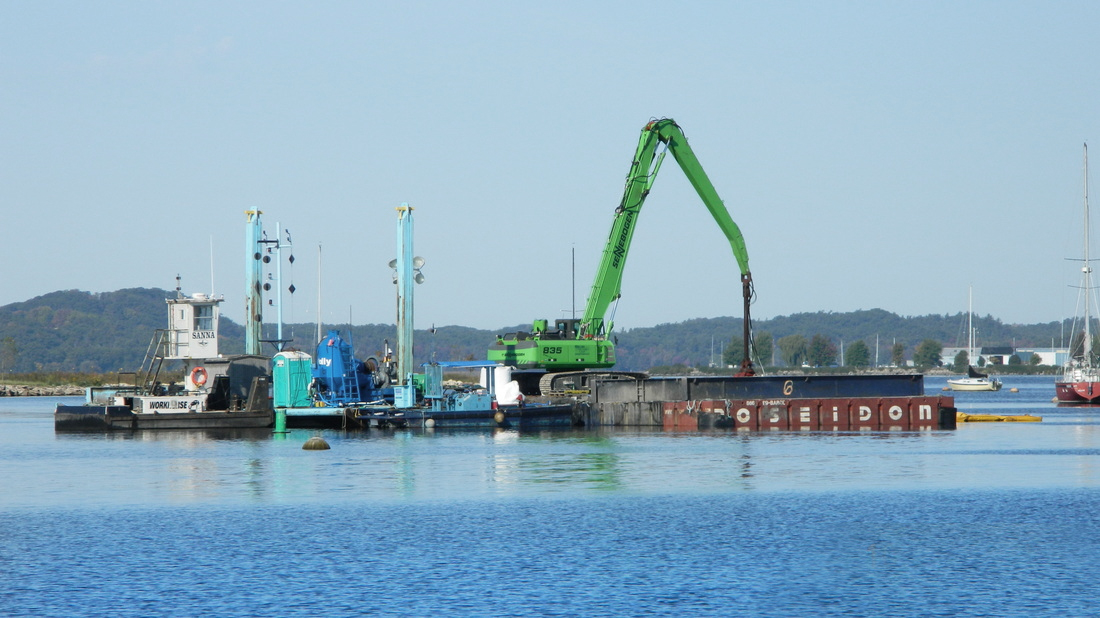

Recently, scientific research has linked PCB exposure with a variety of reproductive disorders, including male sterility, developmental abnormalities, learning disorders and birth defects. PCBs can also affect the respiratory, immune and nervous systems. PCB contamination is believed to cause human cancer as well as liver dysfunction, digestive disorders, chloracne, headaches, nausea and fatigue. Since that time the spread of PCBs throughout the river and its food chain has created one of the most extensive hazardous waste problems in the nation. Two GE plants at Fort Edward and Hudson Fails dumped up to 1.3 million pounds of these odorless, colorless toxins into the Hudson over a 30 year period before they were ordered by New York State to stop in 1977.

General Electric was one company that used PCBs for these purposes. PCBs, or polychlorinated biphenyls, were used by many industries as insulation fluids in capacitors, transformers and electrical systems.

PCB contamination is considered the most serious environmental problem affecting the Hudson River. PCB CONTAMINATION OF THE HUDSON: IS DREDGING AN APPROPRIATE CLEANUP STRATEGY? PCB CONTAMINATION OF THE HUDSON: IS DREDGING AN APPROPRIATE CLEANUP STRATEGY? What are PCBS? How did PCBs Get in the Hudson River?


 0 kommentar(er)
0 kommentar(er)
